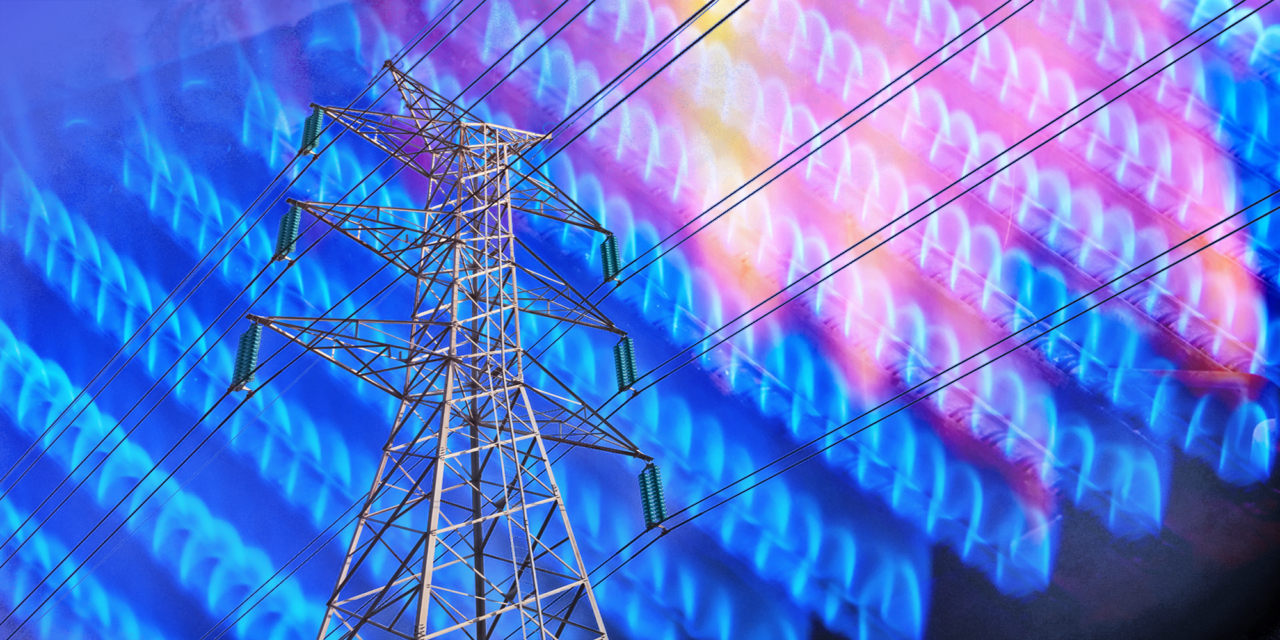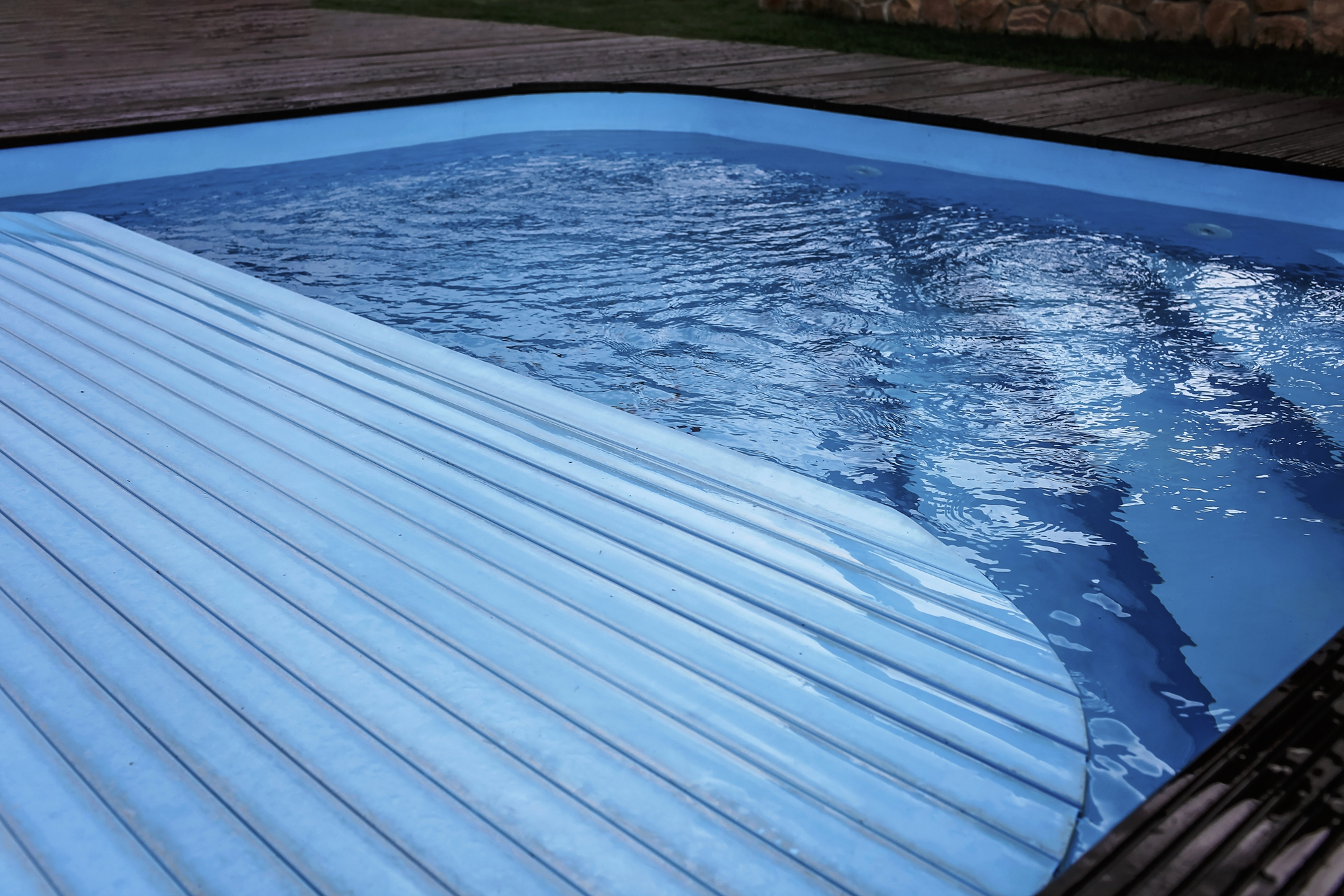By Beth Brownlie and John Zinner, ZC Sustainability
The world is going electric. Not just cars, buildings too. Why? Well, including homes, buildings, emit approximately 13% of all US greenhouse gases (GHG), the pollutants that cause climate change, not counting the pollution from generating electricity offsite. The only way to operate a zero carbon building (which differs from a net zero carbon building) is to avoid gas appliances and make your home all-electric powered by renewable energy.
The other driver is indoor air quality (IAQ). The EPA recognizes that “a growing body of scientific evidence has indicated that the air within homes and other buildings can be more seriously polluted than the outdoor air in even the largest and most industrialized cities.”
The 40 million homes and apartments that rely on gas kitchen stoves are a particular problem. A recent study concluded that there are well-documented risks to respiratory health from gas stove pollution. A separate report out of UCLA, focusing on indoor and outdoor air quality in California, concluded that “concentrations of carbon monoxide (CO) and nitrogen dioxide (NO2) during cooking events can exceed the levels set by national and California-based ambient air quality standards.”
The climate impact of gas stoves and other household appliances is huge, made worse because the “natural gas” used in our homes—methane. A powerful GHG, methane traps 86 times more heat in our atmosphere than carbon dioxide, the main GHG. A new peer-reviewed study found that up to 1.3% of the gas used in typical US stoves could be leaking unburned; three-quarters of the emissions leak out when the stoves aren’t on. We hear increasing reports worldwide of wasteful venting from natural gas production and infrastructure.
Government is slowly swinging into action, passing building codes that mandate all-electric buildings: a movement known as “decarbonization” or “electrification.” Washington, DC is one of 100 cities pushing for electrification as part of larger climate change mandates. New York City’s Local Law 97, for example, applies to large residential buildings and takes effect in 2024. More than 50 California cities have adopted “reach codes”; that is, building codes that go beyond the minimum statewide requirements. These may fully or partially forbid natural gas in new buildings. More localities will follow.
The next version of Title 24 (the energy efficiency part of the California building code) takes effect January 1, 2023. It will require that single-family homes include 240 volt wiring for electric space heating, water heaters, cooktops, and clothes dryers. With the wiring mandate, all-electric may be the lowest-cost option. In multiple products and systems, advances in heat pump technology are making these decisions easier via long-term savings in costs and GHG.
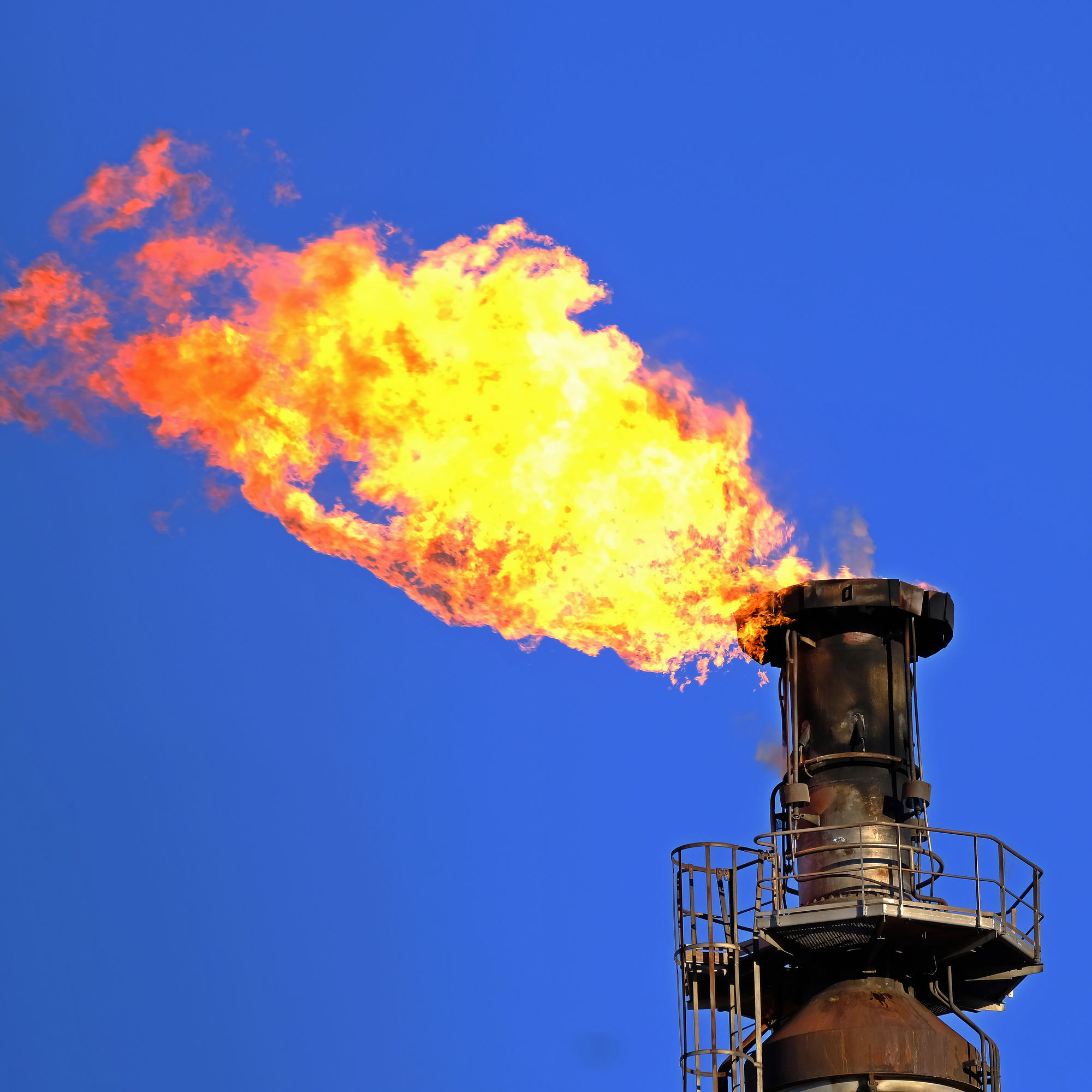
Gas vs Electric for retrofits and replacements
When we look at replacing home appliances and systems, electrification and renewable energy pack a one-two punch critical to meeting the Paris Accords greenhouse gas goals, and ensuring occupant health. A natural gas home system or appliance will have to be replaced one day. Now is the time to look at installing electric appliances—before your natural gas appliances die or need major repairs. Whether you’re planning (or in the middle of) a renovation, or budgeting for the future, consider electrification.
Redwood Energy offers a terrific Pocket Guide to All-Electric Retrofits of Single Family Homes, covering numerous alternatives and the cost of rewiring existing homes and purchasing new appliances. For landlords and construction professionals, the costs and benefits of electrification raise equity issues, given the harmful emissions of gas appliances and the health impacts on current and future generations.
Home appliances and systems
Whether you’re looking at new construction or retrofits, there are numerous options, issues, and value propositions. A number of organizations have modeled and studied the economics of electrifying residential and other buildings, including valuable work by the Rocky Mountain Institute. New all-electric homes may be less expensive to build; though long-term value depends on the difference between electric and natural gas utility rates in your locality. The future of the US energy markets remains volatile. Fossil fuel costs vary dramatically, but an increasing share from renewable energy may stabilize prices.
Retrofitting appliances and systems from gas to electric can be more expensive, though some electric utilities offer substantial incentives. More local and federal incentives may become available. It can be expensive to add 240 volt wiring to an existing home, and the electrical panel may not have the capacity for all-electric. And then there’s charging your future electric car.
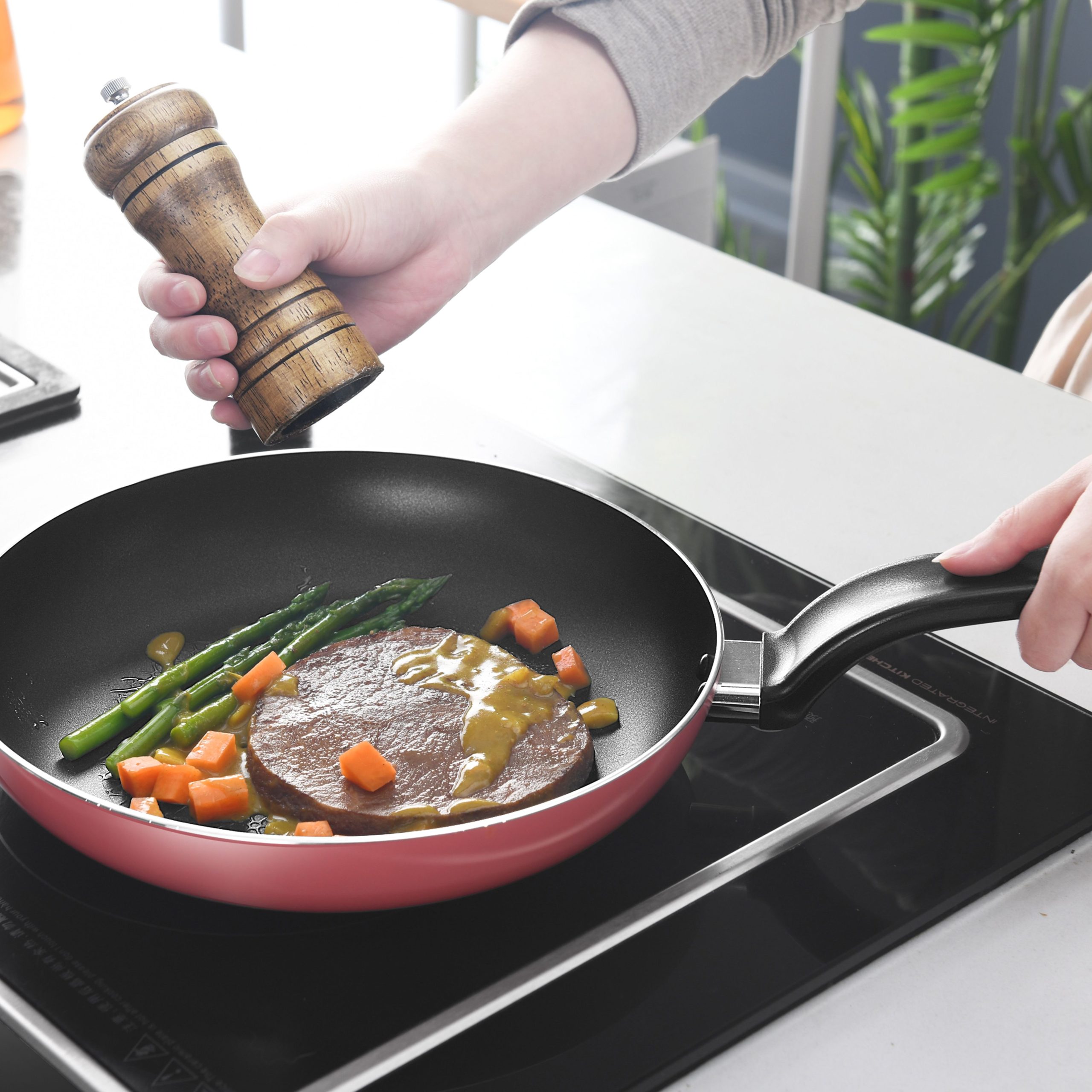
Ranges/Cooktops
Cooktops present the most emotional and controversial electrification issue. Forget about the old coil electric ranges; the current technology is induction cooking. This technology uses a local electromagnetic field to activate the molecules in the pot or pan to produce heat, which it does nearly instantly. To work, kitchen cookware must be iron or steel (stainless or not), though it doesn’t need to be specifically designed for induction cooking.
Electric induction cooktops are safer because the cooktop surface stays cool; they cook faster than gas; and they have a wide heat range and very precise temperature control. They are more likely to keep your kitchen cool and produce great results. Consumer Reports recommends them and presents the pros and cons. Home induction cooktop prices vary from $1,000 to over $5,000. They can be test-driven with a single burner plug-in for under $100. Even professional chefs love induction cooktops for their speed and energy efficiency.
Heat Pumps
Heat pumps are the preferred technology for space heating and cooling, water heating, pool heating, and now clothes dryers. Per the Consumer Reports Heat Pump Buying Guide, they work best in areas without wide temperature swings and moderate heating and cooling needs. The US Department of Energy sponsors research to improve heat pump performance in cold climates, and we expect improvements in the technology.
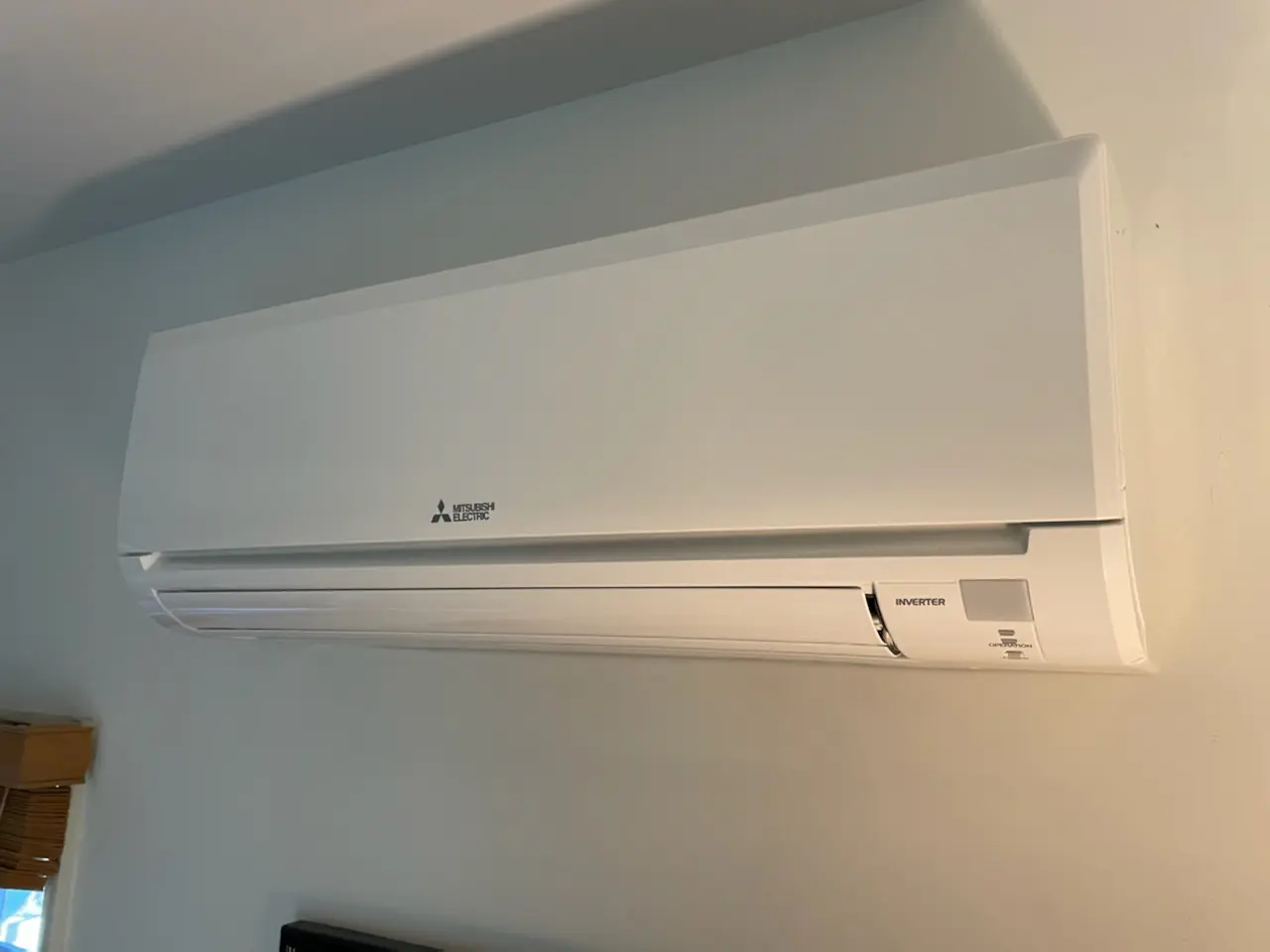
Heating and Air Conditioning
The best first step to improve the comfort and efficiency of your home, whether or not you’re looking to electrify, is weatherization. Installing insulation, plugging holes, retrofitting to energy efficient windows, etc. It’s always the most cost-effective strategy and will raise the effectiveness of any HVAC technology. Heat pumps provide both heating and cooling. So if you’re installing heat pumps for a house that didn’t previously have AC, now you will. Heat pump heating and cooling runs quietly and efficiently. Its cost effectiveness (in terms of up-front and operating costs) depends on whether you’re replacing a gas, propane, or fuel oil system. For space conditioning, the heat pump is wall-mounted inside and the compressor operates outside.
Hot Water Heating
Domestic hot water (DHW) traditionally accounts for the largest energy usage (kBtu) in residential buildings, especially in moderate climates. Heat pump water heaters currently run 3.5 to 4 times more efficient than the best gas water heaters, and we see further improvements coming. It’s a proven technology, readily available at big box stores. Look for EnergyStar-rated models that have a thermal efficiency of at least 1.8 or a NEEA-rated models to take advantage of utility rebates. Silicon Calley Clean Energy is helping customers replace gas water heaters with electric heat pump water heaters, and providing additional funds for electrical panel upgrades; which can then support further home electrification.
With heat pump water heaters, it’s important to consider your available space. For new construction, plan early for the space required: at least 2.5X2.5X7 ft, typically. A hot water tank one size larger than typical gas-heated tanks may be needed. It’s also important to ensure that the water heater is not too far from the farthest water fixture. Pipe runs no more than 16’ ft are recommended. Insulation is critical to operation. Consider a minimum R-4 pipe insulation on all hot water supply piping. Ensure the insulation runs continuously through all the floor, wall, and structure penetrations. Ask to inspect the contractor’s work to make sure it’s done to your specifications.
Image ID 230409228 © Mariia Symchych Navrotska | Dreamstime.com
Pool Heating
Definitely go electric when purchasing your next pool heater. The biggest savings come from using a pool cover and the most efficient heat pump pool heater you can afford. Heat pump pool heaters cost more to install than gas heaters, but typically have lower operating costs because they’re more efficient. Plus, with proper maintenance, heat pump pool heaters typically last longer than gas pool heaters.
Electric pool heat pumps are rated by their coefficient of performance (COP). The higher the COP rating, the more energy-efficient the unit. Typical swimming pool heat pump COP ratings range from 3.0 to 7.0.
Note that consistent use of a pool cover could save 50-70%! Pool covers also conserve water by reducing evaporation; reduce the expense (and toxic risk) of pool chemicals by 35–60%; and reduce cleaning time by keeping dirt and other debris out of the pool. Energy.gov has a lot of useful information about pool heaters and pool covers, as well as other energy topics.
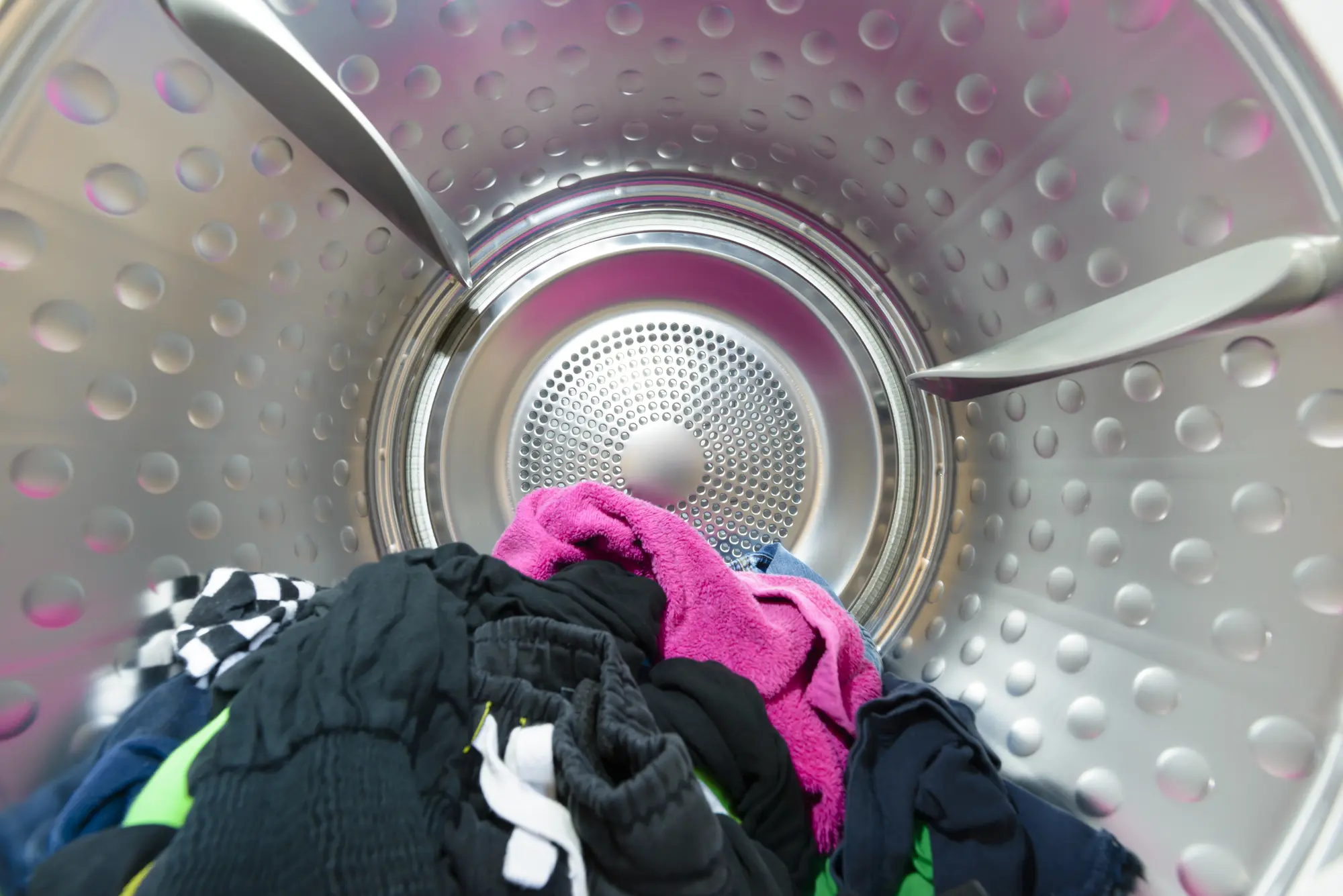
Clothes Dryers
Electric clothes dryers have been in use for a long time, so there are many options to choose from. They’re less expensive to buy, and easier to install than gas dryers if 240 volt is available. They’re also easier to repair. Though the drying time is longer, consumers reportedly prefer electric dryers over gas dryers 82 percent to 18 percent. LG currently dominates the market and gets high ratings from Consumer Reports. (Note that a paywall may be in place for some Consumer Reports content. Consult your local library.) All Energy Star dryers use a sensor to detect when clothes are dry, saving energy (and wear and tear) by not over-drying.
Heat pump clothes dryers are just appearing, though Home Depot and other big box stores do carry them. They cost more up-front, but use less energy than traditional electric dryers. Plus they are gentler on your clothes. We enjoyed a This Old House episode that explores heat pump dryer technology. As with all appliances, purchase the most efficient Energy Star–rated unit that meets your capacity needs and your budget.
Anatomy of an All-Electric Home

Image courtesy of Edison International
Whether you’re looking at new construction, a renovation, or eventual replacement of aging home systems and appliances—the future of homes is all-electric. All-electric homes will help reduce the impact of climate change, both directly and through cascading effects in the future. And they can be fiscally sound for both homeowners and property owners with tenants. Note that the federal tax credit for renewable energy remains in effect through 2023, and it could be renewed further. We look forward to expanded rebates and other incentives for energy efficiency and decarbonization measures.
Perhaps most important, by eliminating natural gas from our homes, and the associated methane infrastructure, we contribute to better health for ourselves and our communities. With government codes and other mandates at all levels pushing for decarbonization, electrification will become a fait accompli. The future is calling.
About the authors:
Beth Brownlie has more than 10 years of sustainability experience as an interior designer for healthcare and higher education, and as a LEED, WELL, and CALGreen consultant. As a Partner and Project Manager for ZC Sustainability, she engages in design, construction, and purchasing on all types of projects, assisting with certifications and code compliance.
John Zinner founded Zinner Consultants in 1990 and served as its Principal until it was folded into ZC Sustainability in 2021. He brings his clients a broad sustainability and green perspective along with experience in project management. His leadership in developing groundbreaking sustainability initiatives across Southern California has won awards and led to his recognition as a LEED Fellow.
Home Depot has these forward-thinking and safe products right now: induction ranges, heat pump heat and AC units, heat pump water heaters, heat pump pool heaters, and electric and heat pump dryers (including heat-pump LG models). Check them out!
Some of the links in this article are affiliate links, meaning at no additional cost to you, we will earn a commission if you click through and make a purchase. Thank you for helping us continue to bring you great content.


